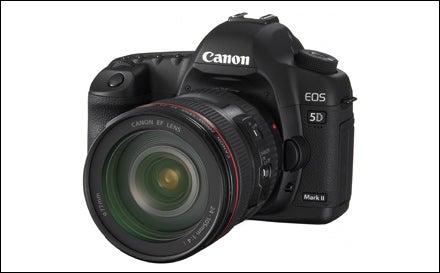National Geographic photographer and editor at large Michael “Nick” Nichols has spent the past 20 years doing a job thatlet’s face itwe’ve all wanted at one point. Nichols is best known for his photographs of biologist Michael Fay’s 1999 crossing of the Congo, as well as for his use of CAMERA TRAPS1 to photograph elusive species like tigers in their natural environments. We reached him at home in Charlottesville, Virginia, to talk shop.
What’s your idea of the perfect camera?
FOOTNOTES
2. LEICA M6 No digital version of this film classic exists. Yet. Leica’s attempt, the M8, had too small a sensor, but insiders say a full-frame sequel is due out in 2010. Price TBD;
3. CANON 5D MARK II The company’s flagship full-frame DSLR, with HD video. ,800;
4. CANON G10 Shoot RAW, adjust exposure, change ISO on the fly: It’s like a DSLR that fits in your pocket. 0; Ideally, a digital version of the LEICA M6.2
With a rangefinder, you can be so tuned in to your camera. With an SLR, there’s a moment, when the mirror folds up, when you can’t see. You don’t think those milliseconds matter, but they do.
But what else do you actually use in the field?
For street photos, the CANON 5D MARK II3
is not too bulky, and it’s a good bargain. The G104
is a great point-and-shoot, and it’s got those great manual controls.
Really? You use a point-and-shoot?
A point-and-shoot is to your advantage, because you don’t look like a pro. Heck, the IPHONE5
has a great camera, and you can get away with anything. You can go to a concert where they say no cameras, but they won’t bust you for cell phones.
How do you protect your equipment?
I carry a GOLF UMBRELLA.6

